When paging through an album of family snapshots, I reflect on my life as a chronological series of events, noting growth from seed to tree. I see myself at 2 with my face smeared with yogurt, at 6 on a swing pushed by my mother, at 10 costumed as Superman at Halloween, at 13 on a tennis court, at 16 with my first girlfriend, at 18 graduating from high school, then college and graduate school, at 29 getting married, followed by my kids and a dog, at thirty-something with friends at a party or with colleagues at work. My life appears as sequential notches on a measuring stick: I did this and then did that, and so forth.
Too simple, I say! Each notch is more like shrapnel from an exploding grenade. The photos are headlines, mere titles of first drafts of stories in progress that fail to capture the essence: feelings and conflicts. Also, time transforms the memories when seen through a different lens at a later date, like additional information affects interpretation or rewriting affects the tone. The past cannot be recreated. The moment is gone and retelling a poor substitute, for we become different people living in different times, at least if we’re lucky. The child is no longer the infant. The adolescent has surpassed the child, and the adult has outgrown the adolescent. The parent is not his progeny, and the grandparent does not replace the parent.
When I reflect on my 50 years of science, the details – the pieces of shrapnel –have lost their sharp edges. In retrospect, I no longer feel my stage-fright preceding a science lecture, or my elation after winning a tennis match, or my disappointment for a failed experiment, or my feeling lonely in a group picture. All the feelings that made the moment real are invisible – buried – in the static photograph.
Time and experience dilute the passion and pain of the past.
And yet, as clarified for me by writing my memoir, I’m always the same person. No matter where I am at any time, I’m always there! That my body and senses have weakened, that my face has wrinkled and that my scalp is now exposed (where did my hair go?), my character does not re-invent itself. All my thoughts, even the contradictory ones, always sprout from the same mind.
Whether child or scientist, I saw Nature as mystery and poetry, as my father did, rather than solely a series of solvable problems for practical purposes, despite a career in research. I have always straddled identities, whether young or old. When a little boy speaking French with European parents, I never felt a complete fit with my American peers at school or with my direct relatives in France. I bear my father’s Russian name and genetic composition – Russian links I sense but cannot grasp. Despite my Rothschild lineage, a stamp of Jewish identity, and strong sense of Jewish heritage, I’m a non-observant Jew and never felt as one in synagogue or demonstrative religious settings.
When my friend Warren recalled what he’d been told, “Be careful how you see the world, because that is how it is,” I wasn’t sure what to think, because my world has porous boundaries. My journey is circular, and my notches overlap, recreating what my character directs. As a scientist, I did research on little-studied esoteric topics, such as eyes of chickens and jellyfish, choosing to be an outlier in the wilderness rather than a passenger on the bandwagon. As a fiction writer, I adapted my novel to personal expression, and my short stories dwell in fiction as a cousin to dispassionate science. As a collector, I focused on Inuit art, an obscure area to most artists and collectors – rather than accumulate what is well known. My penchant for crossing borders, blending identities, was instilled in me by my family when I was a boy, making science and writing and collecting art all fit under the same umbrella.
Thus, we may leave a trail that cannot be revisited, but we blaze new trails that recreate the essence of who we are, for we remain the same throughout our journey in life.

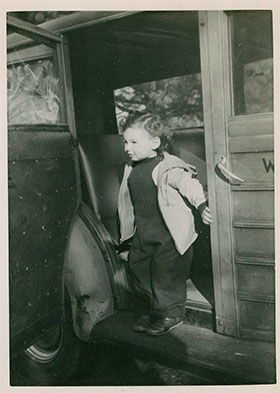
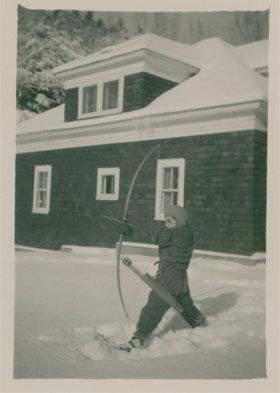
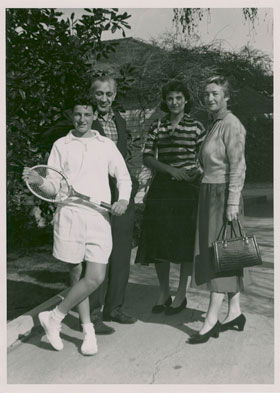
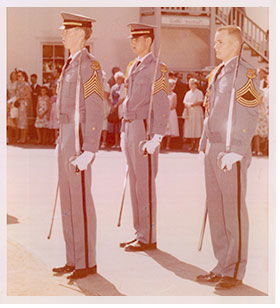
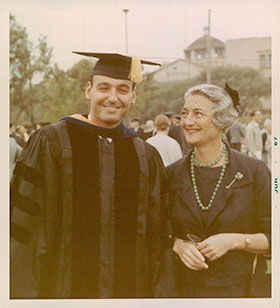
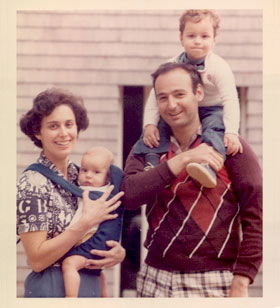
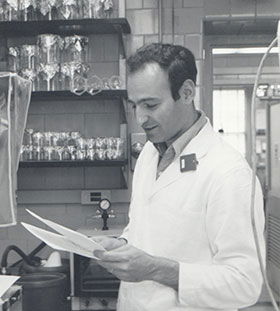
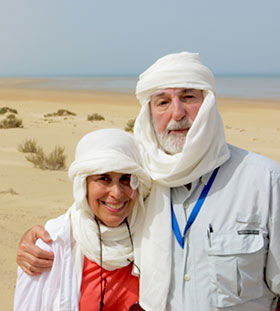
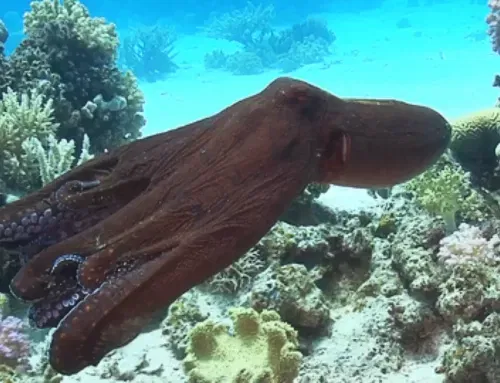


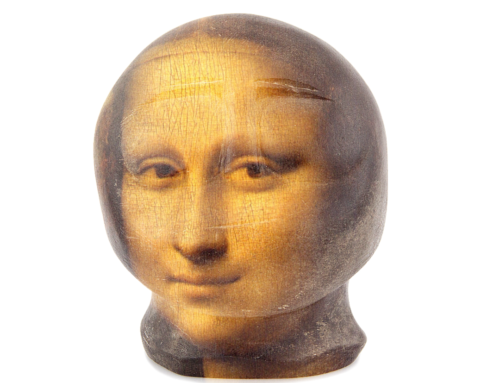

Leave A Comment